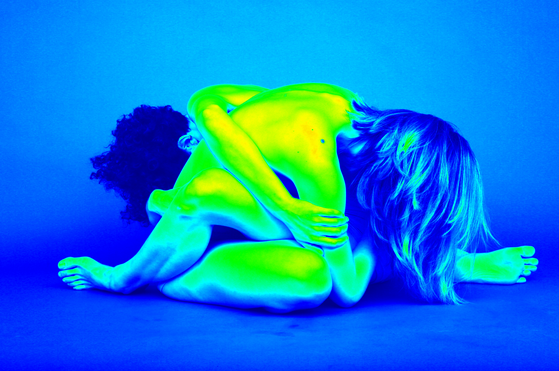EDGE: blurring the borders between art and neuroscience.
23-24.07 / 26.07.2018
>topLab: Schillerpromenade 4, 12049 Berlin
An international group of artist-scientists studying and researching neuroscience in Berlin present their varied perspectives on the intersections between art and neuroscience.
Picture: NOMEN NESCIO by Alba del Rio Serrato, Maria Torrents Soler, and Nicole Michalla
Scientists often see the technical landscape of their experiments and clinical work through abstract visualizations and blends of other sensory experiences. EDGE urges students and the public to humanize the scientist and to explore the border or lack thereof between art and neuroscience.
This multi-media exhibition shows art from and of neuroscience labs, their members, their motivations, and the research findings, to bridge the divide between the lab bench and the outside world.
Each artist is also an active student or researcher in neuroscience institutes in Berlin. They present their personal relationship with science, exploring inspirations from and motivations for study of the brain. These range from experiences of mental disorders, empathy with patients of epilepsy, acquiring a biological perspective on humans and their personalities, to fascination over the intricate structures and arrangements of neurons and the mathematical relationships of their interactions.
—
23.07/ 19:00 Exhibition open in the evening, with dance performance
24.07/ 19:00 Second evening of the exhibition, with dance performance
26.07/ 19:00 Exhibition open, with a ‘meet the artist’ for more in-depth discussion of the scientific context, research, and data around the art works.
—
Pieces include surrealistic ink drawings and paintings incorporating neurobiological elements by Shahryar Khorasani,
A dance performance about hallucination and our brains’ predictions of the outside by Alba del Rio Serrato, Maria Torrents Soler, and Nicole Michalla,
Microscopy and portrait images inspired by cellular differentiation as well as the hard work and attention to detail that goes in day-to-day work in the lab by Zara Khan,
Sculptures of neural anatomy and research model organisms by Amelia Young and Tatiana Lupashina,
Photography visualisations of the brain in neurodegenerative disease by Camila Fernández Zapata,
A film about the mind-brain duality in anxiety by Robyn Cunningham,
Procedurally visualised statistical relationships by Drew Cooper,
A sound piece about auditory aesthetics in the lab environment by Ian Erik Stewart,
Multimedia visuals overlapping pastel renditions of fluorescent microscopy images and the human faces of certain illnesses by Indra Roy,
Portraits of researchers studying epilepsy in children by Alienor Ragot,
And more – Neuroscience is beautiful, no doubt about it!

